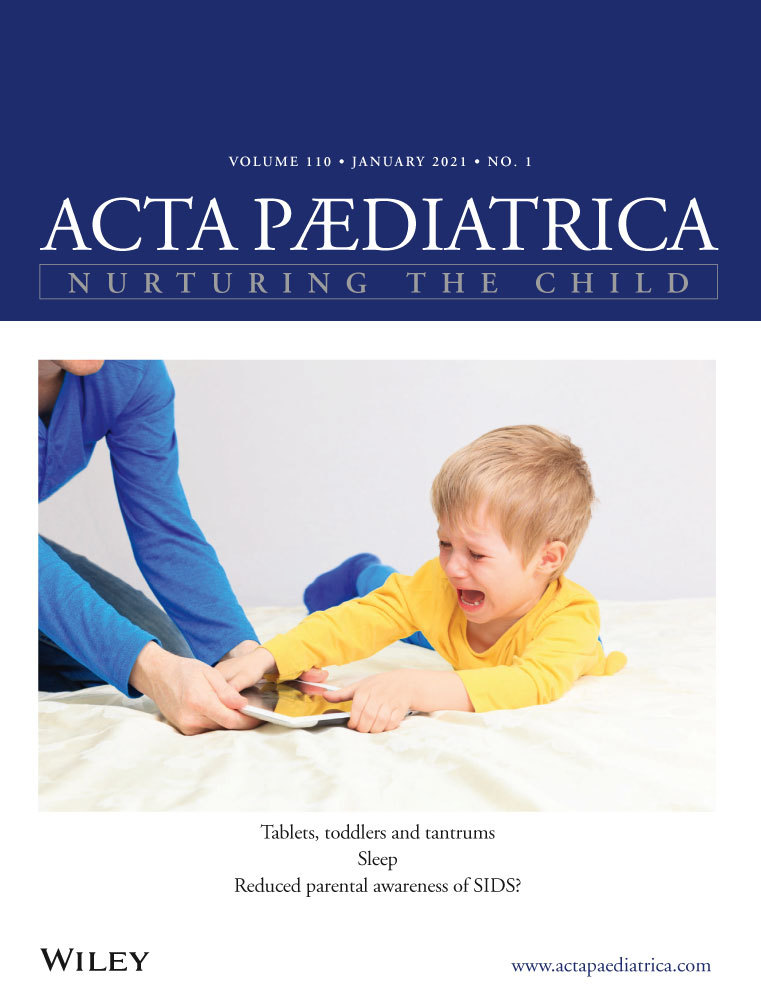The epidemiology of Staphylococcus aureus bacteraemia in Israeli children: Community- vs hospital-acquired or healthcare related infections
Abstract
Aim
Incidences of Staphylococcus aureus bacteraemia (SAB) in Israeli children are unknown. The characteristics of SAB in children have not been evaluated.
Methods
SAB from children aged ≤18 years old, admitted to a tertiary hospital in Israel during 2002-2015, were included. The proportional rate of SAB was calculated per 1000 admissions. SAB were classified as community acquired (CA), hospital acquired (HA) and healthcare related (HCR). Patients' characteristics, antibiotic susceptibility and outcomes were assessed in each group.
Results
The rate of SAB was stable, 1.48 per 1000 admissions. HA, CA and HCR-SAB comprised 53%, 25% and 22%, respectively. Only 27/185 (14.6%) were caused by methicillin-resistant S aureus (MRSA): 22%, 6% and 5% of HA, CA and HCR-SAB, respectively. Central venous catheter, recent surgery, immunodeficiency and age <6 years were the main risk factors for HA and HCR-SAB (adjusted OR: 68.9, 7.5, 5.8 and 5.5, respectively). Treatment duration for CA was >21 days: and for HA and HCR, 14-20 days. All-cause in-hospital mortality and 30-day mortality were documented in 10 (5%) and 3 (2%) episodes, respectively.
Conclusion
The rate of SAB; the proportions of CA, HA and HCR-SAB; and the proportion of MRSA was stable over the years. MRSA was mainly in HA-SAB. Thirty-day mortality was rare.
CONFLICT OF INTEREST
The authors have no conflict of interest to disclose.




